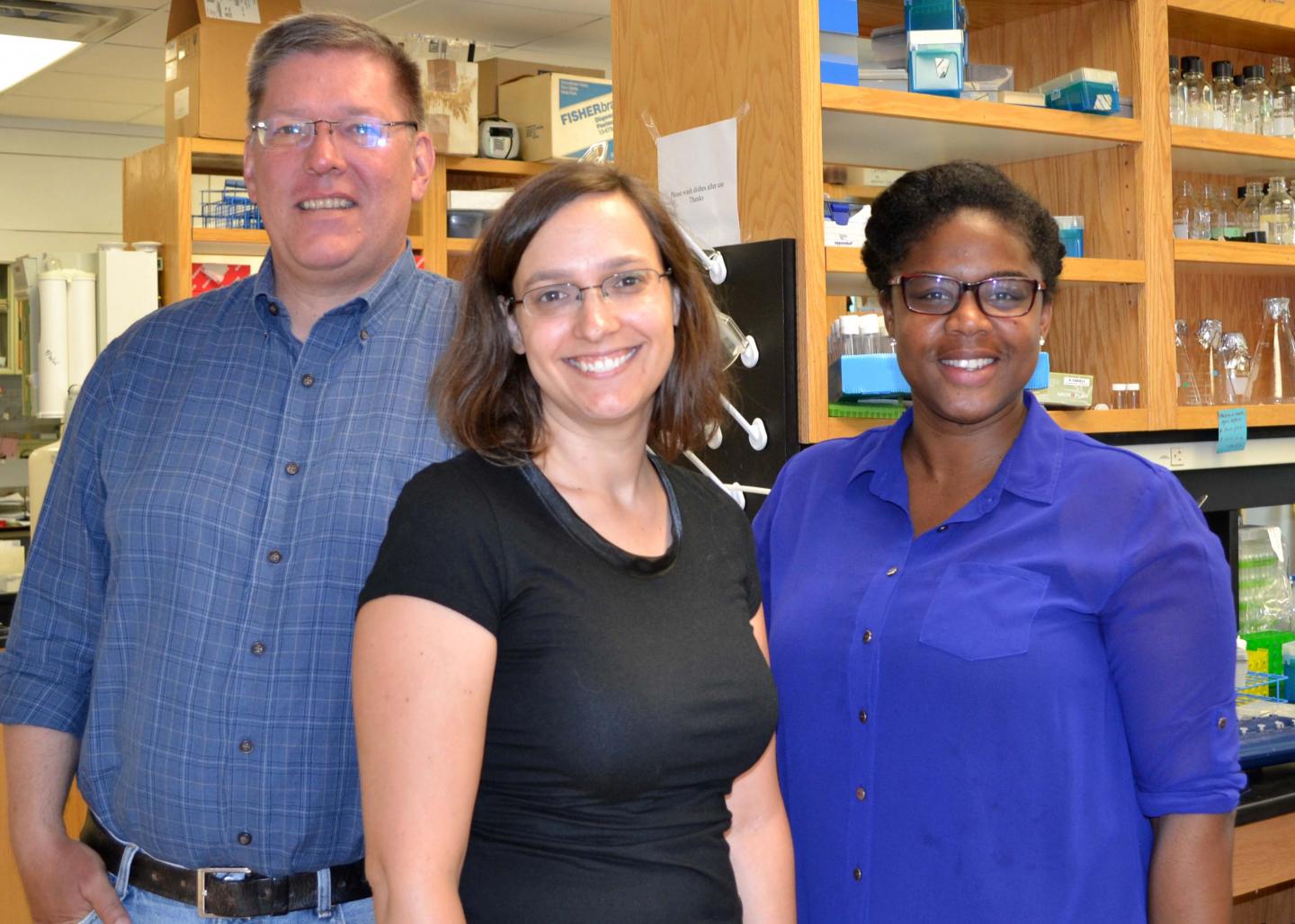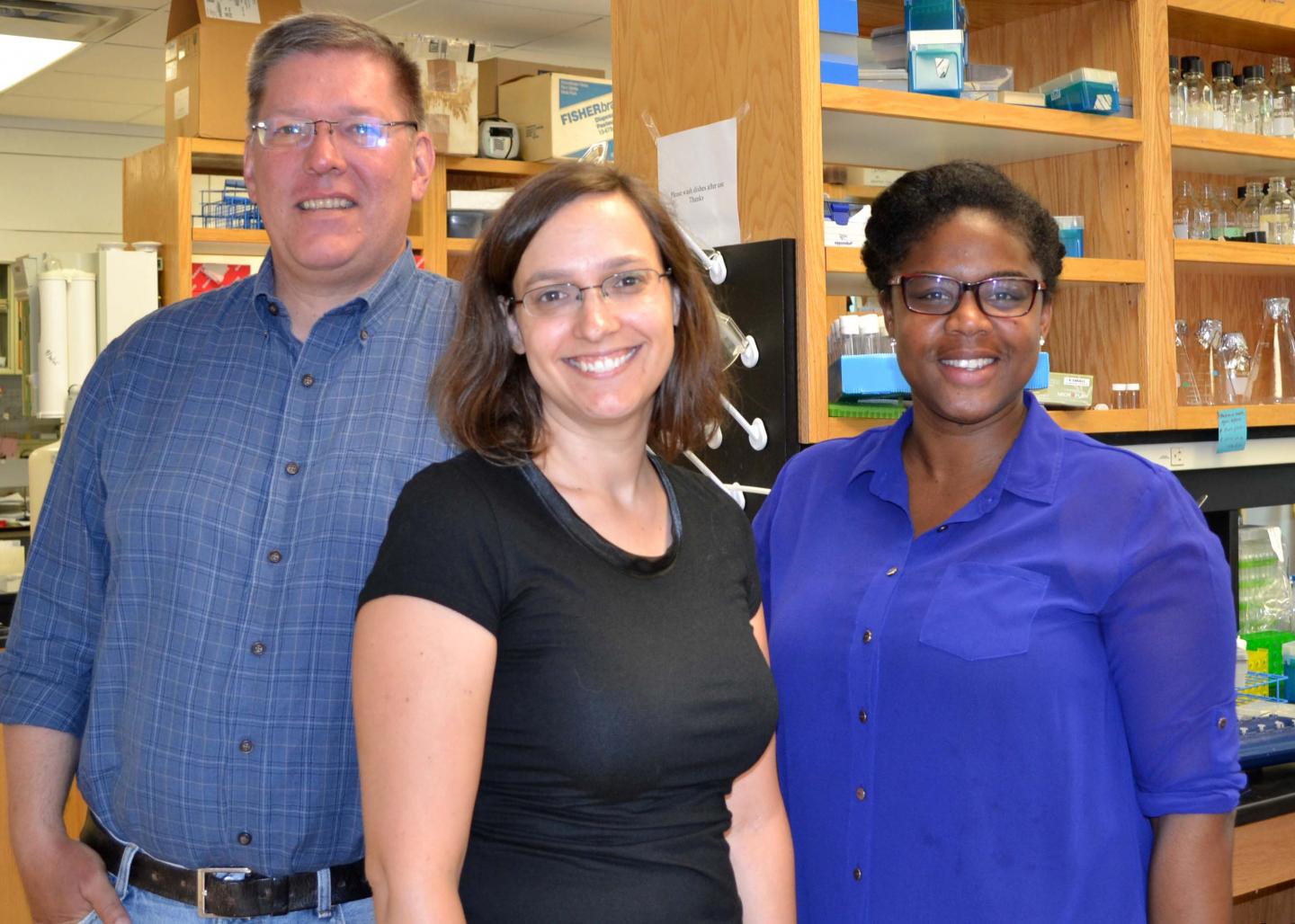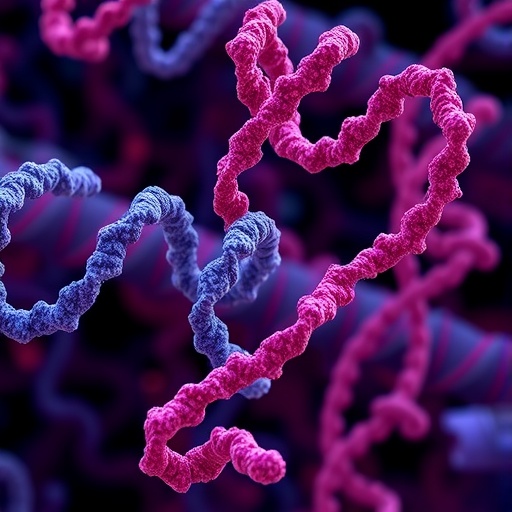
Credit: University of Missouri, Division of Biological Sciences
Learning and memory are traits we inherit from our parents and grandparents. Just like our hair color, our ability to learn and remember is not transmitted unchanged but varies to some degree. But whereas the variations we see in the shade or even highlight of our hair color boils down to small changes in a handful of genes, the variation in our ability to learn and remember is likely the product of tweaks to many more genes, though exactly how many is not known.
Associate Professor Troy Zars and Assistant Professor Elizabeth King with the Division of Biological Sciences have received a three-year, $462,900 grant from the National Science Foundation for a project that will shed light on just how many genes underlie variation in learning and memory performance in a population of fruit flies. The scientists will use advanced genomic technologies and sophisticated behavioral techniques to identify most or all regions of the genome that influence the outward expression of the traits across the population. They will then narrow in on a few key genes and the genetic tweaks that have the largest effect on learning and memory performance.
"The ability to learn and remember are fundamental traits important for all animals. How differences in learning and memory arise within a species is a question scientists have sought to answer for a long time," said Zars. "It is exciting that it is now feasible to identify most, if not all, of the large impact regions of the genome affecting these two traits in a model organism."
Previous efforts to reveal the genetic underpinnings of learning and memory have focused on one or two genes at a time. Zars said the aim and approach of this new project is different.
"Rather than asking can we knock this gene out and make a fly not remember or remember better, we will be looking at the whole genome and asking what regions of the DNA are critical for these two different traits. Then, we will employ a couple of different strategies to narrow in on which genes and their particular alleles in those regions give rise to high and low performance," he said. "The major distinction is between natural alleles and doing genetic knockout type of experiments."
The project takes advantage of a special population of fruit flies, called the Drosophila Synthetic Population Resource (DSPR). The population was created in such a way that scientists can easily identify individual changes to genes, called SNPs, that are inherited together as a group and then can trace these so-called haplotype groups back to one of eight original parent lines. King said the ability to map haplotypes, as opposed to single SNPs, is a powerful way to uncover the genetic bases of complex traits.
"Each individual SNP will have a much smaller effect than the combined effect of all SNPs, which is what mapping using the haplotypes does, and this allows us to detect regions in the genome that influence the phenotype more easily than if we took a SNP-based mapping approach," explained King, who was instrumental in creation of the population.
The project will involve characterizing the learning and memory performance of 800 lines of fruit flies using a heat box machine, which is an operant learning paradigm. A genome scan will be performed on all lines to identify DNA regions that associate with performance. The researchers will then employ a variety of advanced mapping techniques to whittle the regions down to single genes and the SNPs that have the largest effects on performance.
In another set of experiments, the investigators will use the results from the first genome scan to predict how lines of flies will perform in a different set of behavioral tests, one that utilizes a classical conditioning paradigm. These additional experiments will test whether the same genetic regions are at work in both learning paradigms.
"Very few studies have addressed common mechanisms across broad classes of learning and memory," said Zars. "This project will address the genetic underpinnings of learning and memory at a genomic level and then compare mechanisms identified in one context (operant learning) to a second one (classical learning)."
The researchers said the project is basic research intended to broaden our understanding of learning and memory. They said the findings will be relevant to humans since, at a genetic level, there is high similarity between flies and other organisms.
"Once some of the large effect genes are identified, the next step will be to figure out what those genes are actually doing. So, ultimately, this knowledge is going to shed light on how the brain works," said Zars.
Patrick Williams Simon.
Funds from the new grant also will support an outreach program that aims to diversify the scientific pipeline by partnering high school students with MU graduate students. The program, called Stepping into Science, was founded by Patricka Williams-Simon, a graduate student who is being co-mentored by Zars and King.
"By working side-by-side with diverse graduate students, younger students can see that going into science is a real option for them," she said. "We define diversity broadly to include not just race and ethnicity, but gender, sexual orientation, religion, and socioeconomic background."
###
An abstract of the project, titled "Quantitative genetics of learning and memory in Drosophila," is available on the NSF Web site: https://nsf.gov/awardsearch/showAward?AWD_ID=1654866&HistoricalAwards=false
Media Contact
Jeff Sossamon
[email protected]
573-882-3346
@mizzounews
http://www.missouri.edu
Original Source
http://biology.missouri.edu/news/zars-king-receive-grant-to-uncover-the-genetic-basis-of-learning-and-memory-in-flies/
############
Story Source: Materials provided by Scienmag





